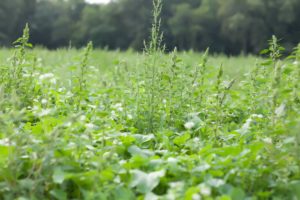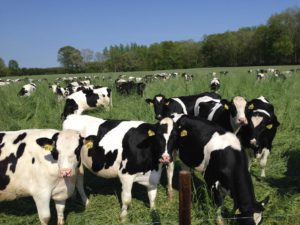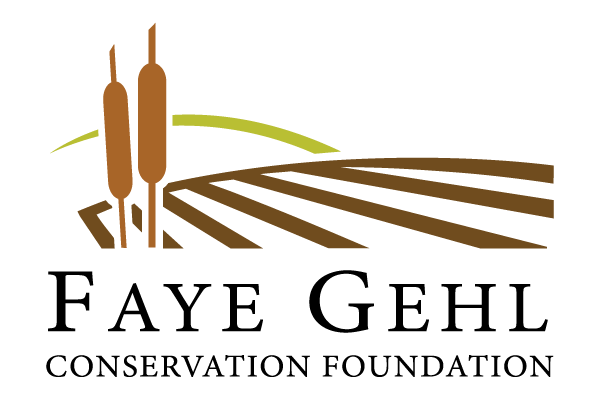About Us
Our Story
 With over 700 acres of land protected from development, the Faye Gehl Conservation Foundation is certainly keeping the country in Lake Country. But more than just providing scenic views for area residents, our Foundation is making a difference in the fight against environmental destruction caused by human activities.
With over 700 acres of land protected from development, the Faye Gehl Conservation Foundation is certainly keeping the country in Lake Country. But more than just providing scenic views for area residents, our Foundation is making a difference in the fight against environmental destruction caused by human activities.
When settlers arrived in Lake Country in the mid to late 1800s, the soil was rich and fertile—the perfect place to start a farm. Unfortunately, over time our agricultural methods reduced the fertility in the soil to extremely low levels. Of course, we can’t magically go back to the pioneer days when the land was extremely fertile and the ground easily soaked up rainwater. But we can change our agricultural methods today to begin restoring what was lost, and our Foundation is doing just that.
 Stop by the Merton Hill Farm and you will see dairy cattle grazing on lush and diversified pasture grasses. On the Ashippun River Farm, we use compost tea to grow alfalfa, and on the Stone Bank Farm we are in the process of converting the land to pasture in order to graze beef cattle. All of these farming methods are helping to restore soil health and thus soil fertility.
Stop by the Merton Hill Farm and you will see dairy cattle grazing on lush and diversified pasture grasses. On the Ashippun River Farm, we use compost tea to grow alfalfa, and on the Stone Bank Farm we are in the process of converting the land to pasture in order to graze beef cattle. All of these farming methods are helping to restore soil health and thus soil fertility.
We hope you will join us in our mission to restore soil health and Keep the Country in Lake Country!
What makes soil fertile?
Soil is largely comprised of carbon, and measuring the exact amount of carbon (aka soil organic matter) is the best indication of soil fertility. Back in the 1850s, the soil in our area most likely had soil organic matter (SOM) readings of over 10%. Today the SOM is generally no more than 2%—meaning there is much less carbon in the soil today then there was 150 years ago.
Why does soil need so much carbon?
Carbon provides food for the microbes that live in the soil. These microbes in turn make nutrients available to the plants so the plants can grow. Without these microbes, our farmers must resort to using herbicides, pesticides and chemical fertilizers to make plants grow. These chemicals are expensive and often pollute our rivers, lakes and aquifers.
How do we restore carbon (and thus fertility) to our soils?
Carbon is found in abundance in our air as carbon dioxide (CO2). Through photosynthesis, this carbon is pulled from the air in to all green plants—including the roots of the plant. The carbon is then available as food for the soil microbes.
Are there additional benefits to increasing the carbon levels of soil?
By removing carbon from our air and putting it back in to the soil, we are lessening the amount of carbon dioxide in our atmosphere. The increased amount of carbon dioxide in the air has contributed to global warming—so removing it will hopefully dampen (if not reverse) the effects.
What is a carbon farmer?
A carbon farmer uses farming methods that take carbon dioxide out of the atmosphere (where it causes global warming) and puts it back in to plants and soil.
What else besides food (i.e. carbon) do the soil microbes need to live?
All living things need food, air and water. The microbes are no different. Luckily earthworms move through soil creating holes within the soil for air and water to infiltrate. This infiltration also prevents water run-off and thus erosion and pollution.
